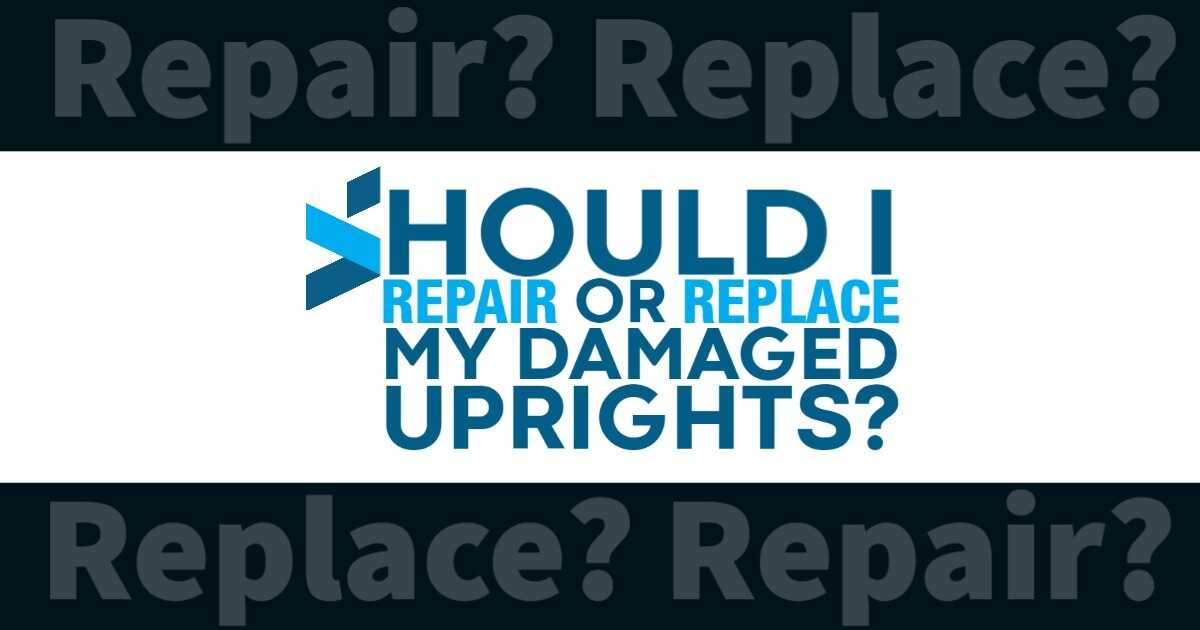Whether it comes from wear-and-tear or as a result of an accident, the racking in your warehouse may eventually need to be repaired or removed. Picking volume, forklift activity, and the heft of the packages stored all play a role in the longevity of your warehouse equipment.
For the sake of safety, we recommend routinely checking your equipment for damage and general wear-and-tear. A proactive approach to examining your uprights and beams not only acts as a preemptive action against a potential breakdown, but it takes a reliance on your team to report if they have accidentally damaged a piece of equipment – no matter the degree of severity.
As a baseline rule, we recommend taking immediate action with any equipment damaged with a bend more significant than 1/8 to ¼ of an inch, depending on the location of the damage. If it is less than 1/8 of an inch, the upright is likely still structurally sound. However, take note and continue to monitor the equipment. While immediate action may not be needed, it will probably need to be addressed soon and should not go ignored.
When to Repair Your Equipment
Repairing damaged equipment can be a relatively easy way to address safety in your warehouse. In its simplest terms, a team can essentially “cut out” the damaged portions and use a rack repair kit to reinforce it.
This option is less disruptive to your operations because only the storage areas surrounding the damaged area need to be emptied before the repair takes place. In a replacement scenario, more product needs to be removed from its storage location because it is a solution for more extensive needs.
When to Replace Your Equipment
Repairs work great as a relatively quick fix to keep your operations going. However, in the event of extensive damage, changes in regulations, or equipment reaching end-of-life status, replacement is the safest option.
The real difference between repairing and replacement depends on how much disruption you can accept in your operations. Because the replacement option requires removing products in all storage locations near the damaged upright or beam, it could take some time to unload, replace, and then reload the inventory instead of using a repair kit. That said, replacing the upright is usually a better long-term solution.
Don’t Wait – Make an Informed Decision
If you are evaluating whether to repair or replace your damaged racks, contact us and speak with a Storage Solutions expert. We have decades of experience in negotiating these scenarios, and we can provide you with the best solution based on your current situation. We’re here to help!


